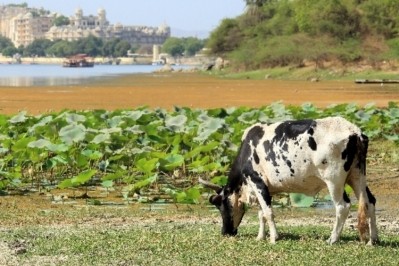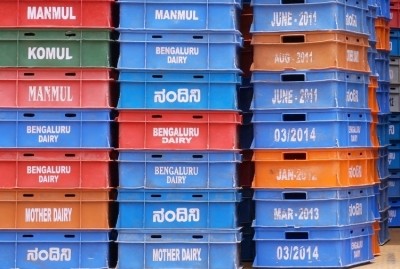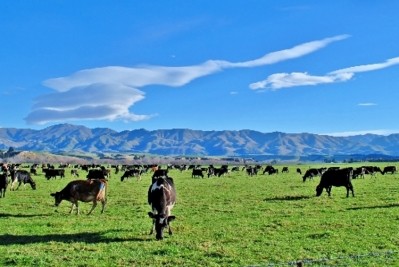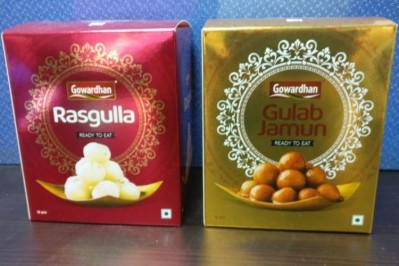Founder hopes initiative will turn into world’s biggest online cattle registry
Mooo App hopes to deliver mooo money to Indian dairy farmers
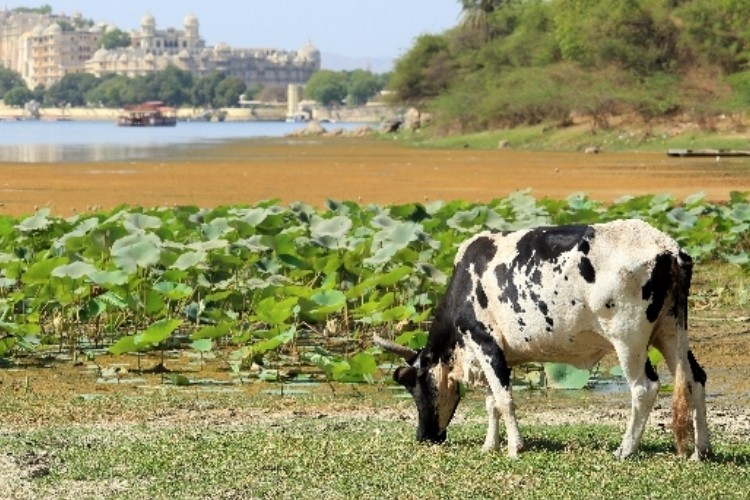
MoooFarm launched a mobile app last February to complement the work founder Param Singh’s Project Mooo had been doing to assess the issues farmers faced and provide some 10,000 of them with training and support to combat these.
The app is part of an initiative to bridge the technology gap in rural India and help marginalized farmers become more organized and productive.
The Mooo App can manage farmers’ accounts, connect them to input suppliers, offer smart learning solutions to critical problems they face and send need-based text alerts to them individually. It can also map the entire life cycle of each head of cattle.
Launch date
Currently in pilot, the smartphone app is expected to see a full launch later this month. Singh hopes it will become the world’s biggest digital cattle registry, but first he needs farmers to buy in to the service.
“Our challenge to achieve scale is that the farmers in India are not still tech savvy. So we had to find some ways to encourage them to use our app for their own benefit,” Singh told DairyReporter from Punjab, where the Project Mooo trial is currently being run.
He took inspiration from Internet Saathi, a major joint-initiative between the Tata Trust, the Indian conglomerate’s philanthropic arm, and Silicon Valley major Google to improve digital literacy in hundreds of thousands of Indian villages, and so he tailored a similar model for his own project.
Like Internet Saathi, which trains saathis—the Hindi word for friend—to help educate women villagers in using the internet, Singh introduced the concept of village-level entrepreneurs, or VLEs, to do similar for dairy farmers at a grass-roots level. Project Mooo has so far trained and unleashed these VLEs in around 100 villages in Punjab.
Mooo Van training
These are supported by Mooo Vans that travel through villages to provide hands-on digital and skills training. These provide a joint-curriculum of digital literacy and agrarian training on critical topics that affect their livelihood.
“We started piloting with these village-level entrepreneurs, but then we found we faced some challenges,” he explained.
"The first was to get farmers to uploaded their cattle details onto the app, but we found that the farmers are reluctant to use the internet. We had to convince them that the more data they entered, the more decisions they could make about the health of their cattle.”
Points for prizes
To entice farmers to hand over their data, gamification was introduced in the app. This is a well-used approach taken by tech companies to make regular tasks more competitive and promise rewards for regular users.
In the case of the Mooo App, gamification helped farmers see the benefit of entering their data by offering them Mooo Cash points each time they performed a function that can be exchanged for everyday goods like toothpaste and washing powder through an e-commerce store.
“Now we have a leaderboard,” said Singh, who was born into a Punjabi farming family before he moved to Australia. “Anything the farmer does, any time they use the app they are getting points. If they add cattle, they earn points. If we send them an alert to check for, say, insemination, they do that and they get points. It’s a little like airline miles, and the farmers will get rewards while also becoming digitally literate. They are loving it now.”
After less than a year, MoooFarm has been receiving approaches from statewide dairy collectives and government organizations. One southern state plans to enrol 30,000 farmers with the service, while a western state recently announced it intended to deliver a further 75,000 farmers.
At this stage, MoooFarm is operating under a social enterprise model, though Singh expects to charge farmers a tiny amount per cow to use the app once it is developed and fully rolled out.
“But it will continue to remain a social enterprise, we want to sustain it but at the same time purpose is very important,” he added.
More startups
Over the last few years, Indian dairy has attracted an increasing number of entrepreneurs in a bid to find tech solutions to age-old issues. From increasing knowhow to promoting ethical sourcing and improving distribution, startups have been stepping up to apply technology to the industry.
“Technology is definitely the future for dairy,” said Singh. “We’ve seen how it has assisted in other industries, from education to aerospace. Getting farmers to use technology isn’t just an Indian issue, but when it comes to suing applications, this is still new to the farmers. Data analytics will play a huge role here.”
With a growing cattle registry, Mooo App will be able to call on artificial intelligence to provide real-word solutions.
For example, in the case of mastitis, the most common problem affecting cattle in India, machine learning will play a key role in helping farmers in terms of quick identification and lowering costs.
“Every time a farmer takes a picture of udders through the Mooo App it will generate data, and that can be used to work out what sort of disease prevention measures are needed over time. We can reduce the cost to the farmers of the medicine. They will see the benefit in the long-run,” said Singh.
With its goal of increasing the income of 1m farmers by 2020, Mooo Farm anticipates its work will lead to savings of INR2.4bn (US$34m) in production costs for its farmers. Not only that, dairymen will benefit from INR1.8bn in increased revenue due to higher quality milk and lower rejection.
“You have to be innovative, you have to bring in technology,” said Singh.
“Farmers will see the benefit in the long-run but we have to give them a kick to first get them connected."
